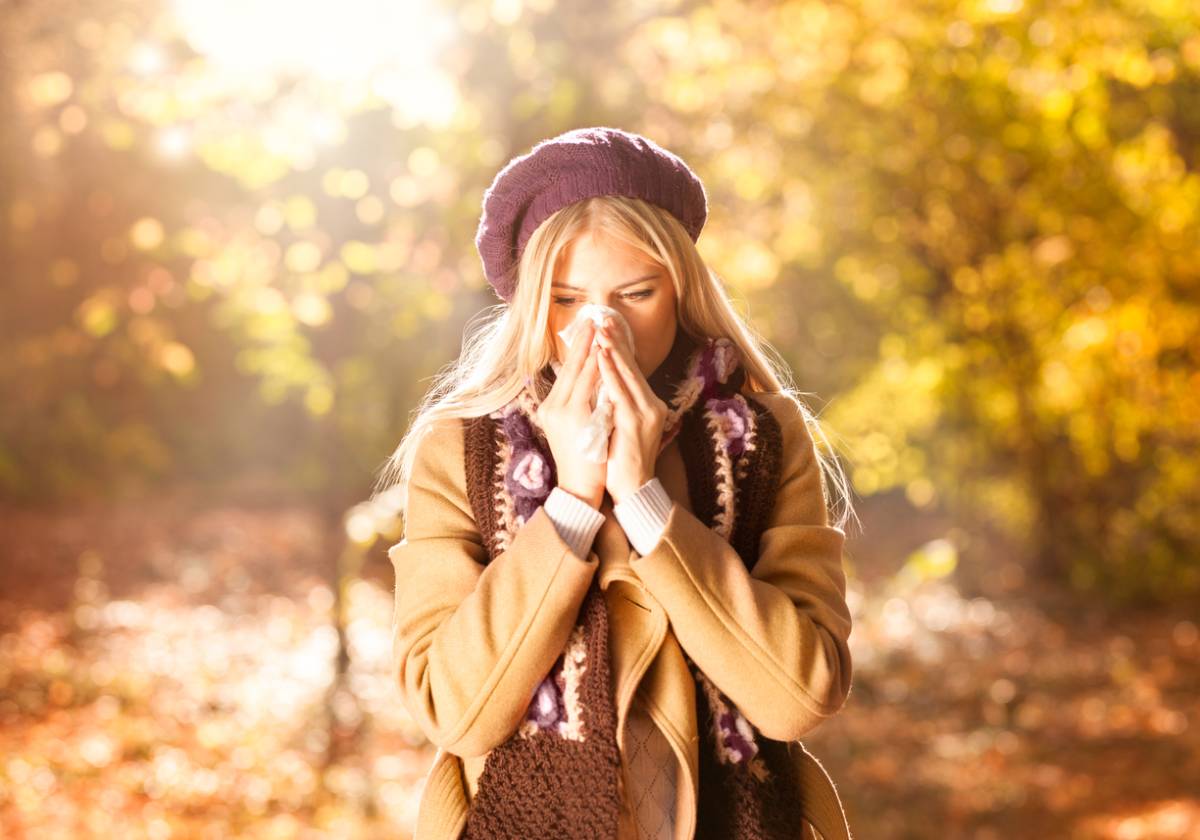Everyone knows that springtime brings about a new wave of allergies and annoying symptoms that keep you from feeling at your best. But did you know that there are fall allergies as well?
What Are Fall Allergies?
Fall allergies are caused by common pollens in the air that can come from mold, ragweed, or other organisms. It is important to recognize the triggers of fall allergies so you can manage your asthma and allergy symptoms in a healthy way. Dr. Mayank Shukla, your allergy doctor NYC, can help you avoid and combat seasonal allergies in the fall time.
Symptoms of Fall Allergies
While many different things can cause seasonal allergies in the fall, the symptoms all show up the same way. Be on the lookout for these signs that you or your loved one may be dealing with some pesky pollens in the air:
- Sneezing and coughing
- Runny nose
- Watery eyes
- Itchy and red nose, eyes, and face
- Headaches
- Inability to breathe fully
The symptoms of fall allergies are the same as any season allergies, no matter what time of year it is. The difference is in the causes and the triggers. In the fall, there are certain pollutants that show up that make the above symptoms even worse. Learn what they are and how to avoid them.
Causes of Fall Allergies
From mold to falling leaves, there are a lot of things floating in the air during the fall season. Below, we’ll take a look at some of the major causes of allergic symptoms in the autumn months.
Mold
Mold is always going to cause an allergic reaction upon contact. But in the fall, mold seems to sprout up everywhere, making it harder and harder to avoid.
Not only does mold build up on damp surfaces, but it also shows up on wet plants or even on trees. The more it rains, the wetter everything is, and that wetness will start to grow mold.
If you are in an area with plenty of falling leaves and changing trees, you might want to keep an eye out for mold growth near you.
Ragweed Pollen
Ragweed pollen is by far the most common cause of fall allergies that you will encounter during this time of year. If you are prone to seasonal allergies in the spring, odds are you will also be affected by ragweed pollen in the fall.
This pesky plant starts to pollinate from September through the end of October, so you might want to seek shelter indoors for a while.
Dust
Dust mites are everywhere, unfortunately. It is hard to avoid them no matter what time of the year it is, and they can really accumulate in those tiny parts of your home. Inside of air vents, on the bottom of filters, and in the humid corners of your room live tons of dust mites.
Be sure to give all of those small areas of the home a thorough dusting to avoid feeling irritated by dust mites.
Avoiding Fall Allergies
There are a few things you can do to reduce symptoms and avoid contact with fall pollens altogether. By staying indoors more often, you can avoid ragweed and other pollutants that may float through the air. But it is important to remember that dust mites and mold can still gather indoors, too.
Keep your air as clean as possible and clean vents and filters often. Check pollen count reports online so you can get a forecast of the week’s air quality, making it easier for you to plan your outings.
You can use over-the-counter or prescribed allergy medications to relieve symptoms and help get over these annoying allergies as quickly as possible.
Get the Best Allergy Treatment Today
Dr. Mayank Shukla is a certified sleep specialist and pulmonologist New York. He can help you understand the source of your fall allergies and prescribe a treatment that will help you feel better in no time. You don’t have to suffer through the fall season with a stuffy nose. Get the help you need so you can feel better today!

